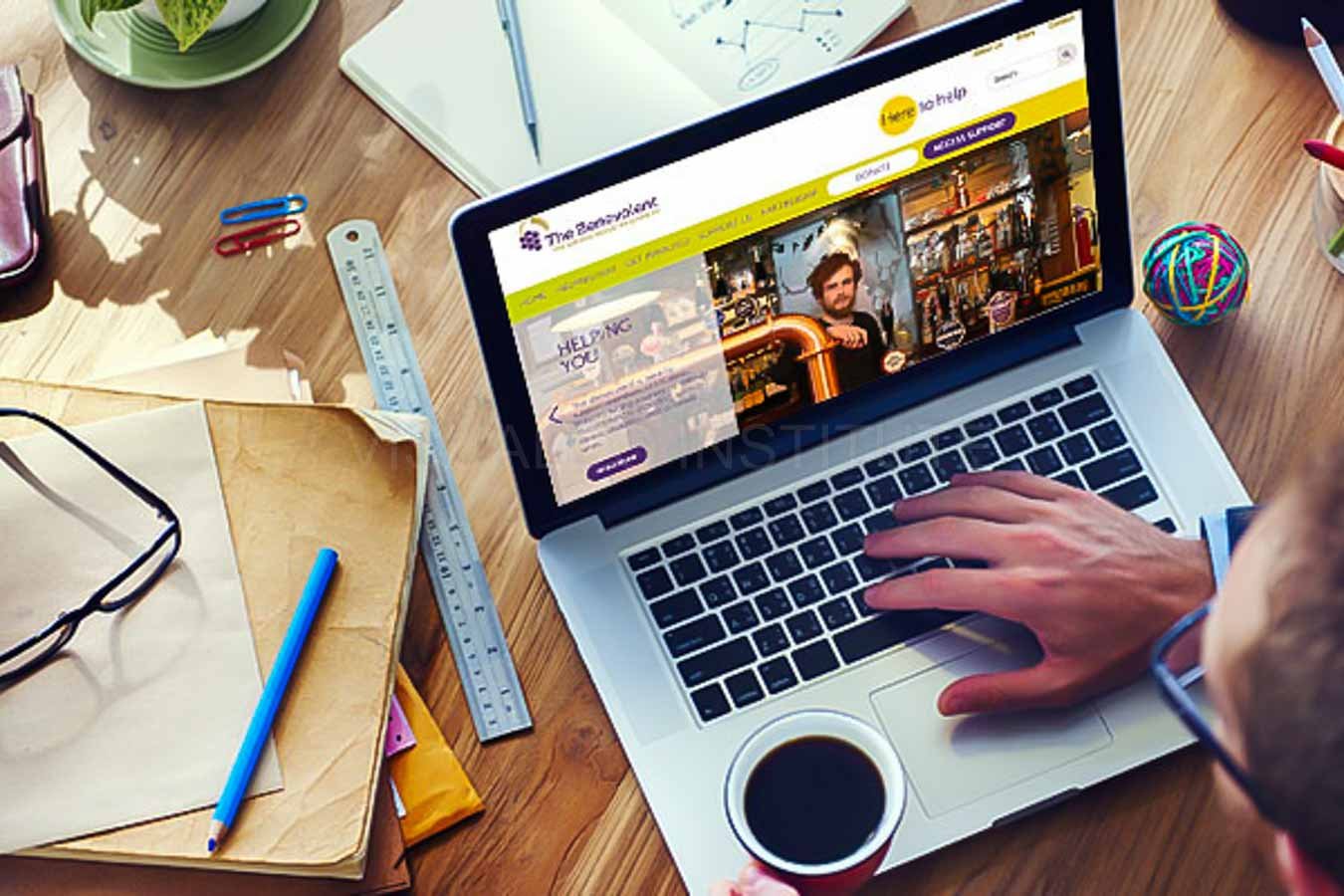The Very Best Kinds of Website Design to Enhance Customer Experience and Interaction
In the ever-evolving landscape of electronic interaction, the effectiveness of Web style dramatically influences customer experience and involvement. Various style strategies, such as minimal, receptive, and interactive designs, each offer one-of-a-kind benefits that can provide to varied individual needs.
Minimalist Web Design
As electronic landscapes come to be significantly cluttered, minimalist website design has actually emerged as a powerful technique to boosting individual experience. This design ideology focuses on simplicity, concentrating on vital aspects while eliminating unnecessary disturbances. By making use of enough white room, straightforward navigating, and a restricted color palette, minimal style fosters quality and directs user focus to crucial material.
The core principle of minimal Web layout is to produce a seamless communication for individuals. By reducing cognitive tons, users can promptly comprehend information without really feeling overwhelmed. This straight technique not only boosts functionality but additionally urges involvement, as visitors are extra most likely to explore a website that is aesthetically attractive and very easy to browse.
Additionally, minimalist style often emphasizes typography and imagery, utilizing these aspects purposefully to convey messages efficiently. In essence, minimal Web style is not simply a fad; it is a thoughtful methodology that recognizes the significance of user-centered design.
Responsive Web Layout
In today's diverse digital environment, responsive Web layout has actually come to be essential for creating a seamless customer experience across a wide range of gadgets. As individuals gain access to sites on mobile phones, desktop computers, tablet computers, and laptop computers, the capability of an internet site to adjust its format and web content to various screen sizes and resolutions is essential.
Responsive website design utilizes versatile grids, pictures, and CSS media queries to make certain that Web material is provided optimally, no matter the tool made use of. This approach not just improves the visual allure of an internet site however likewise substantially enhances use. Individuals are much more likely to involve with a site that offers a regular experience, as it gets rid of the frustration of having to focus or scroll excessively.
Moreover, search engines, consisting of Google, prioritize mobile-friendly internet sites in search rankings. By adopting receptive style, businesses can enhance their visibility and get to a broader target market. This technique additionally simplifies internet site maintenance, as a solitary version of the website can cater to all tools, lowering the requirement for numerous versions. In recap, responsive website design is a basic practice that improves customer experience, interaction, and total contentment.
Interactive Web Layout
Responsive website design lays the foundation for enhancing individual experience, yet interactive website design takes this a step better by involving users in a much more vibrant way - Aligned Position Web Design. By incorporating aspects such as computer animations, clickable models, and real-time feedback, interactive Web style astounds customers, attracting them right into a richer surfing experience
This approach not just cultivates engagement but also urges individuals to check out material actively instead than passively consuming it. Methods such as gamification, where individuals gain rewards for completing tasks, can dramatically boost the moment invested on a website and improve overall fulfillment. In addition, interactive attributes can streamline intricate details, making it more straight from the source digestible and enjoyable.

Incorporating interactive style components can also cause higher conversion prices, as users are a lot more likely to engage with a site that proactively includes them. Aligned Position Web Design. Inevitably, interactive Web design transforms customer experiences right into memorable trips, ensuring that visitors return time after time
Flat Design
Defined by its minimalistic strategy, level layout stresses simpleness and capability, removing unneeded elements and concentrating on crucial attributes. This design philosophy prioritizes usability, guaranteeing that individuals can navigate interfaces with ease and efficiency. By employing a clean aesthetic, level layout removes the mess commonly discovered in a lot more ornate styles, therefore boosting customer concentrate on content and functionality.
The hallmark of level layout exists in its use bold shades, simple typography, and geometric shapes. These aspects add to an aesthetically enticing user interface that is both contemporary and approachable. Furthermore, level style promotes a feeling of quality, enabling users to recognize necessary actions and information without disturbance.
In addition, flat design is specifically reliable in receptive website design, as its simplicity translates well throughout various devices and screen dimensions. The absence of detailed structures and gradients lessens loading times, which is crucial for maintaining user interaction. As digital landscapes remain to evolve, level layout continues to be an appropriate selection for producing user-friendly web sites that enhance general experience. By concentrating on crucial functions, level design not only fulfills user demands but likewise urges seamless communication, making it a vital part of efficient website design methods.
Adaptive Web Layout
Flexible Web layout customizes the user experience by developing multiple repaired formats tailored to different screen sizes and gadgets. Unlike receptive style, which fluidly readjusts a solitary layout, adaptive design employs unique designs for useful source particular breakpoints, ensuring optimal presentation on various systems. This strategy permits developers to concentrate on the distinct attributes of each tool, boosting functionality by providing exactly what individuals need based on their context.
One of the primary benefits of flexible website design is its capacity to optimize lots times and efficiency. By offering tailored content and images that fit the customer's tool, internet sites can lessen information usage and improve loading rates. This is especially helpful for customers with slower connections or limited information strategies.

Furthermore, flexible design assists in an extra controlled and constant branding experience. Given that designers produce numerous layouts, they can guarantee that the aesthetic components align with the brand name's identification throughout different platforms - Aligned Position Web Design. This leads to a natural user experience, enhancing involvement and advertising user retention
Final Thought
Minimal layout fosters clearness and focus, while responsive style her explanation ensures flexibility throughout numerous gadgets, advertising availability. Jointly, these layout comes close to add to the production of user-friendly atmospheres that not only enhance contentment but also drive higher conversion prices, highlighting their vital significance in contemporary Web design methods.

Minimal layout cultivates clearness and focus, while receptive style ensures adaptability across numerous tools, advertising ease of access. Jointly, these layout approaches contribute to the production of user-friendly settings that not only improve complete satisfaction yet additionally drive greater conversion prices, underscoring their crucial significance in contemporary Web design methods.
Comments on “Aligned Position Web Design: Building Beautiful and Functional Websites for Your Business”